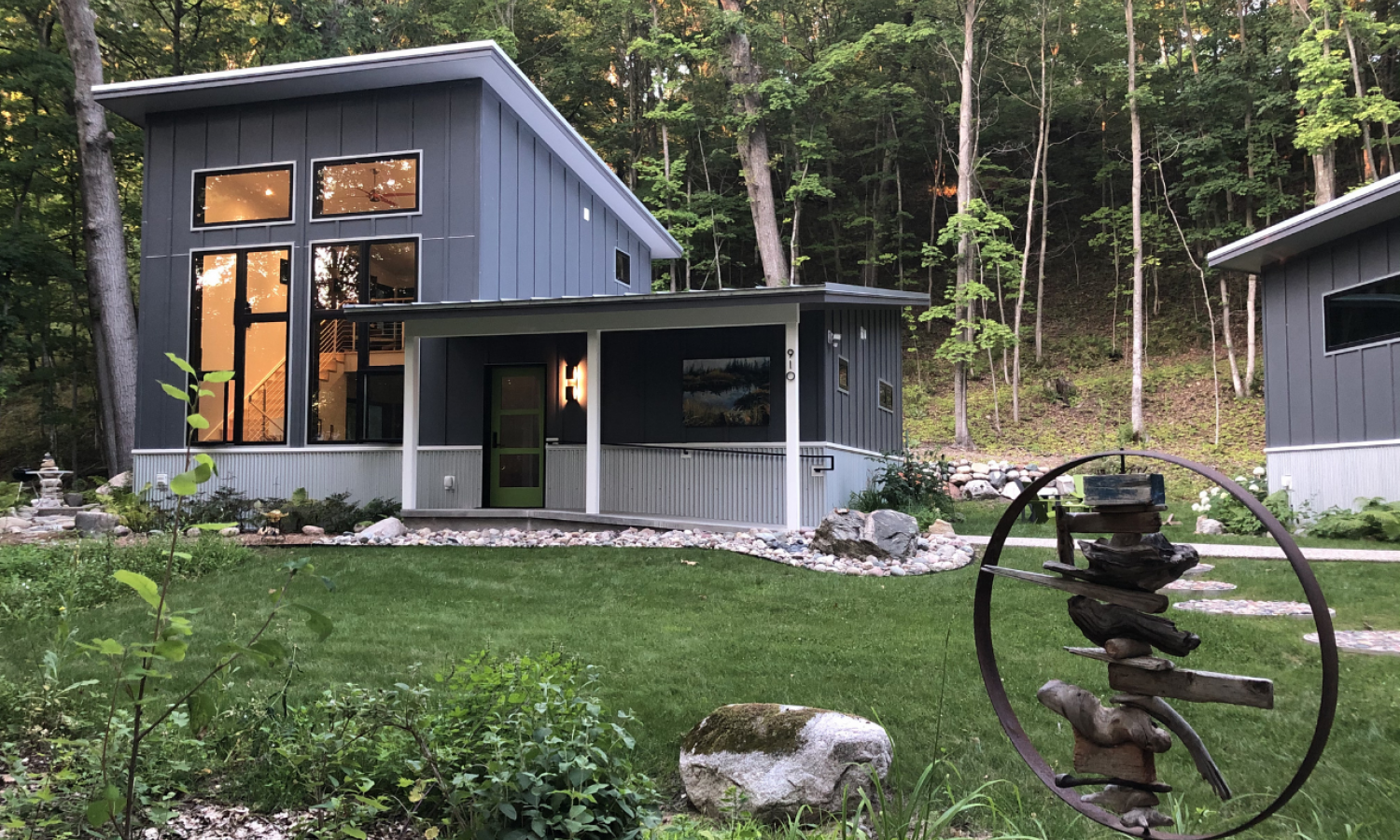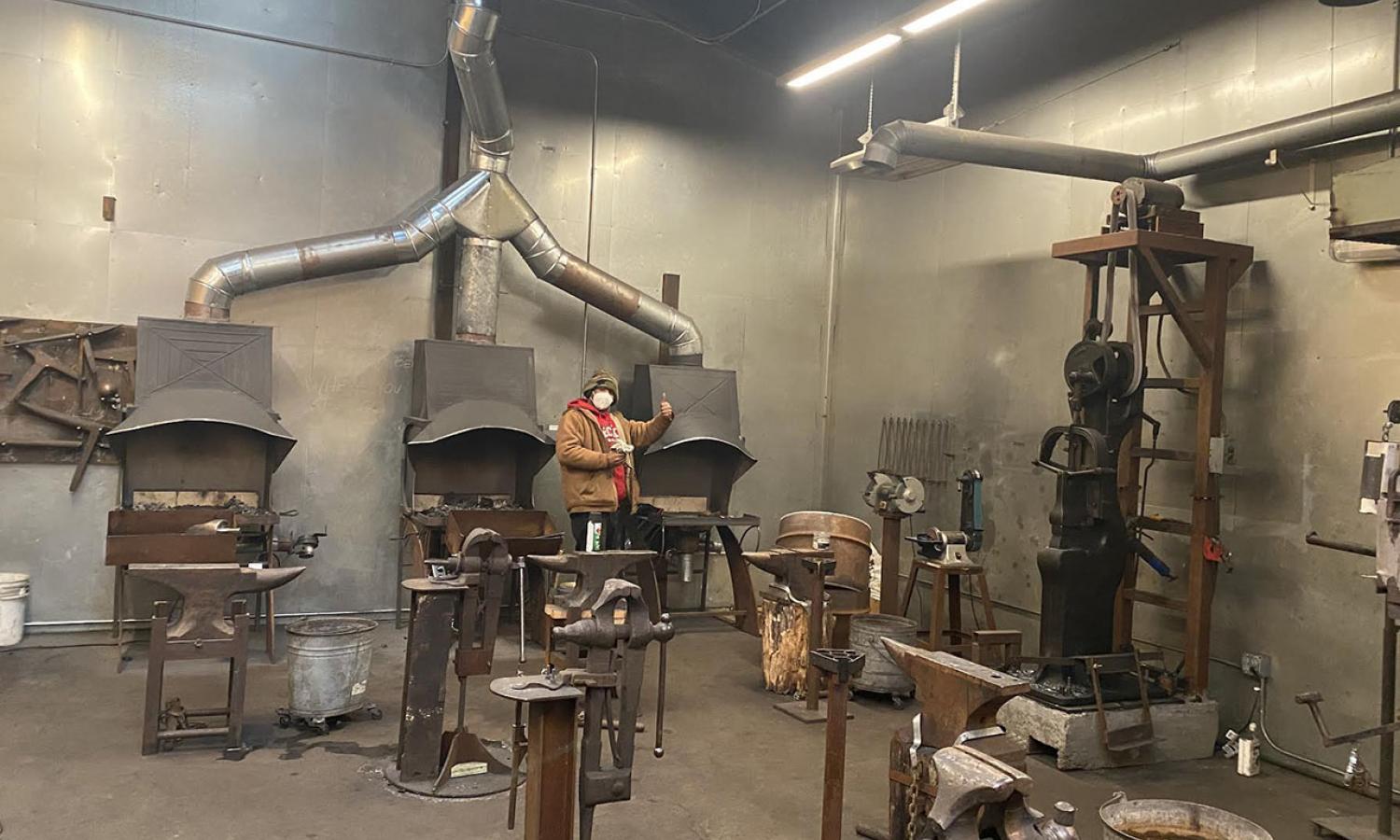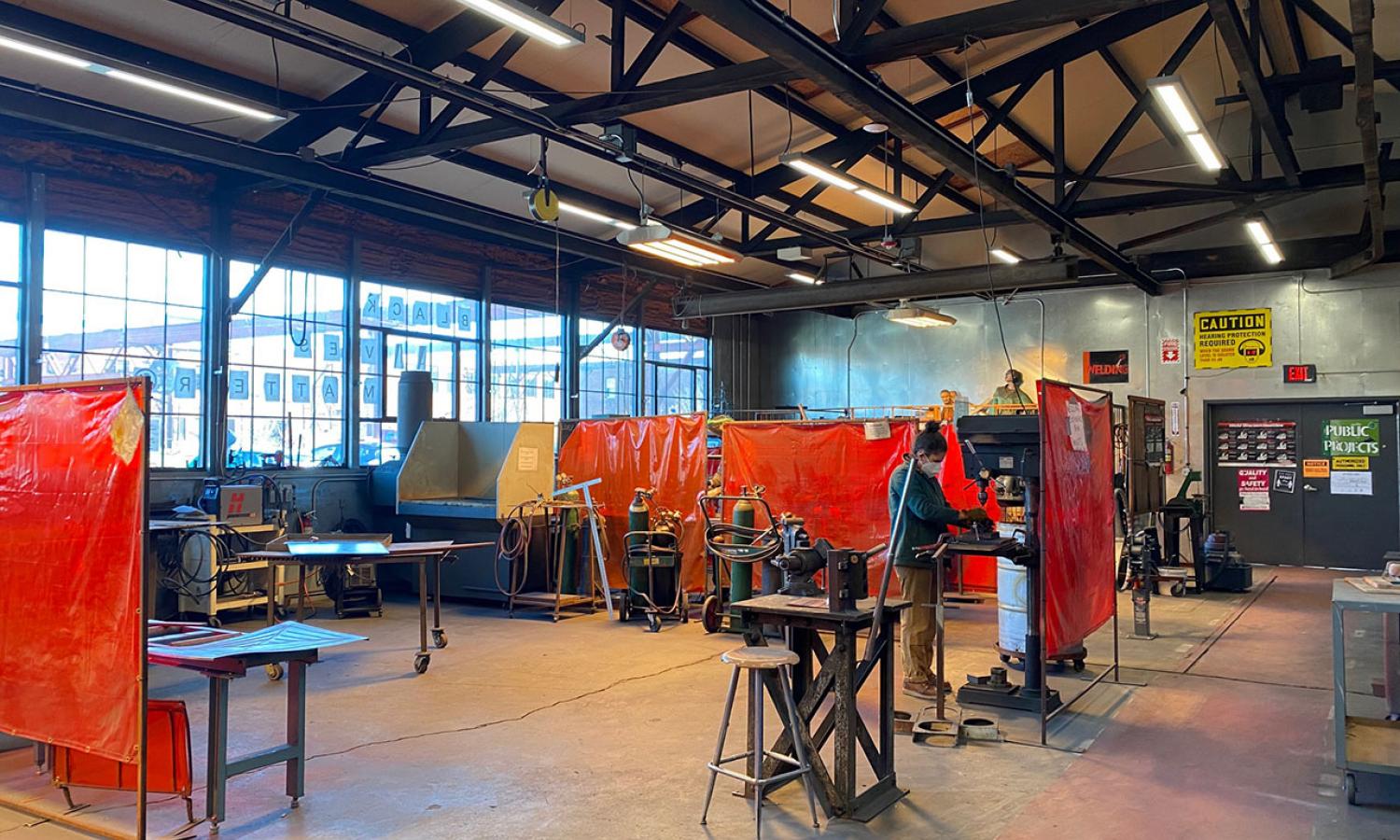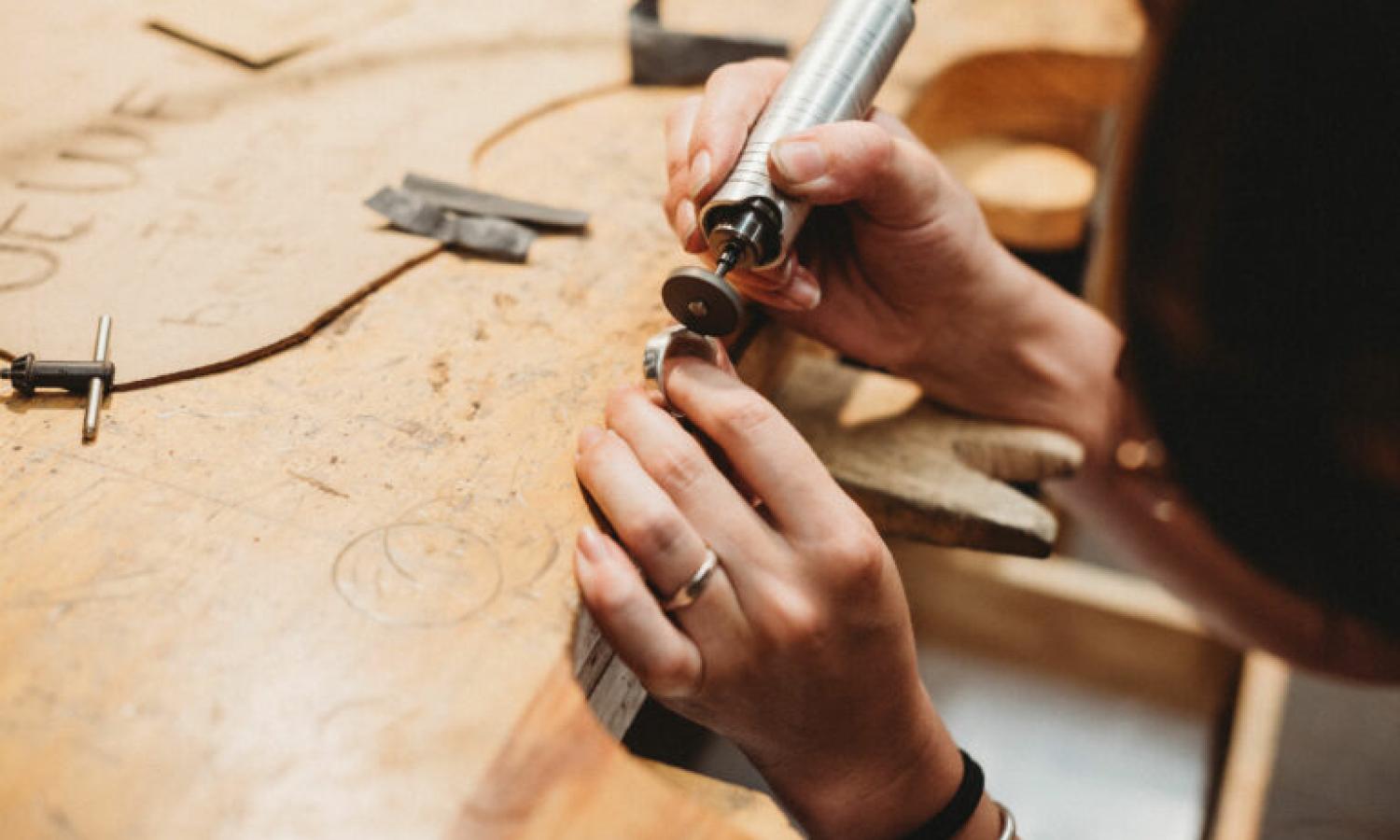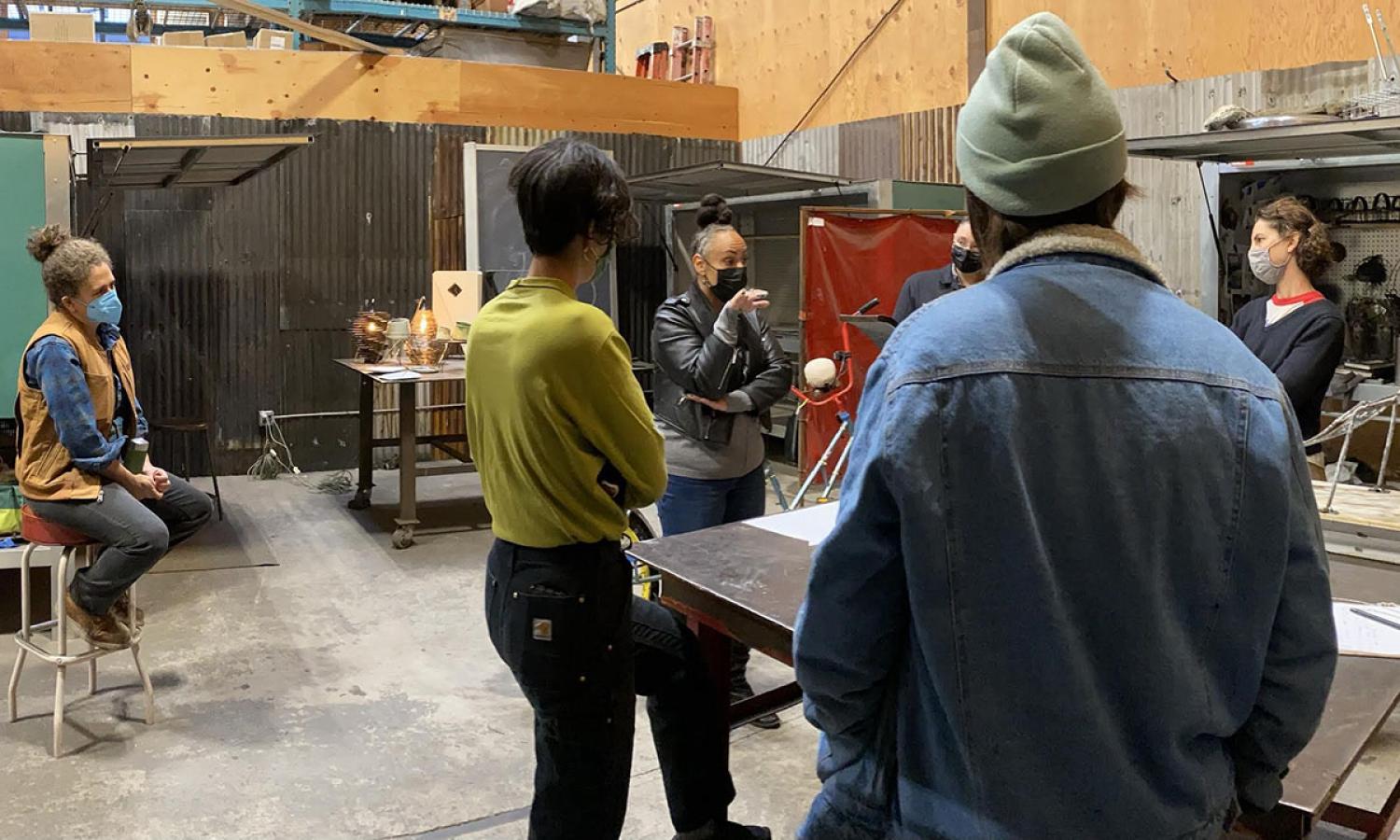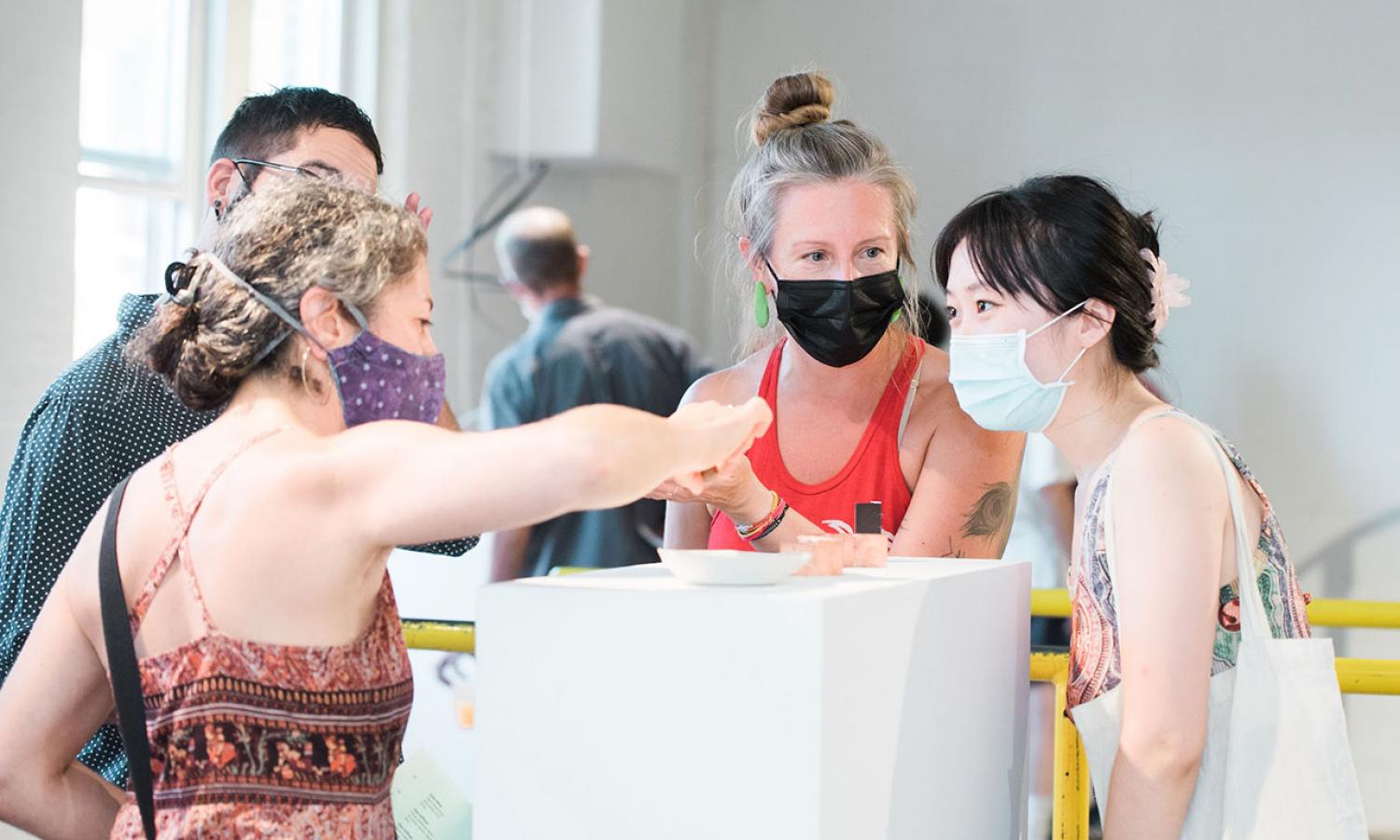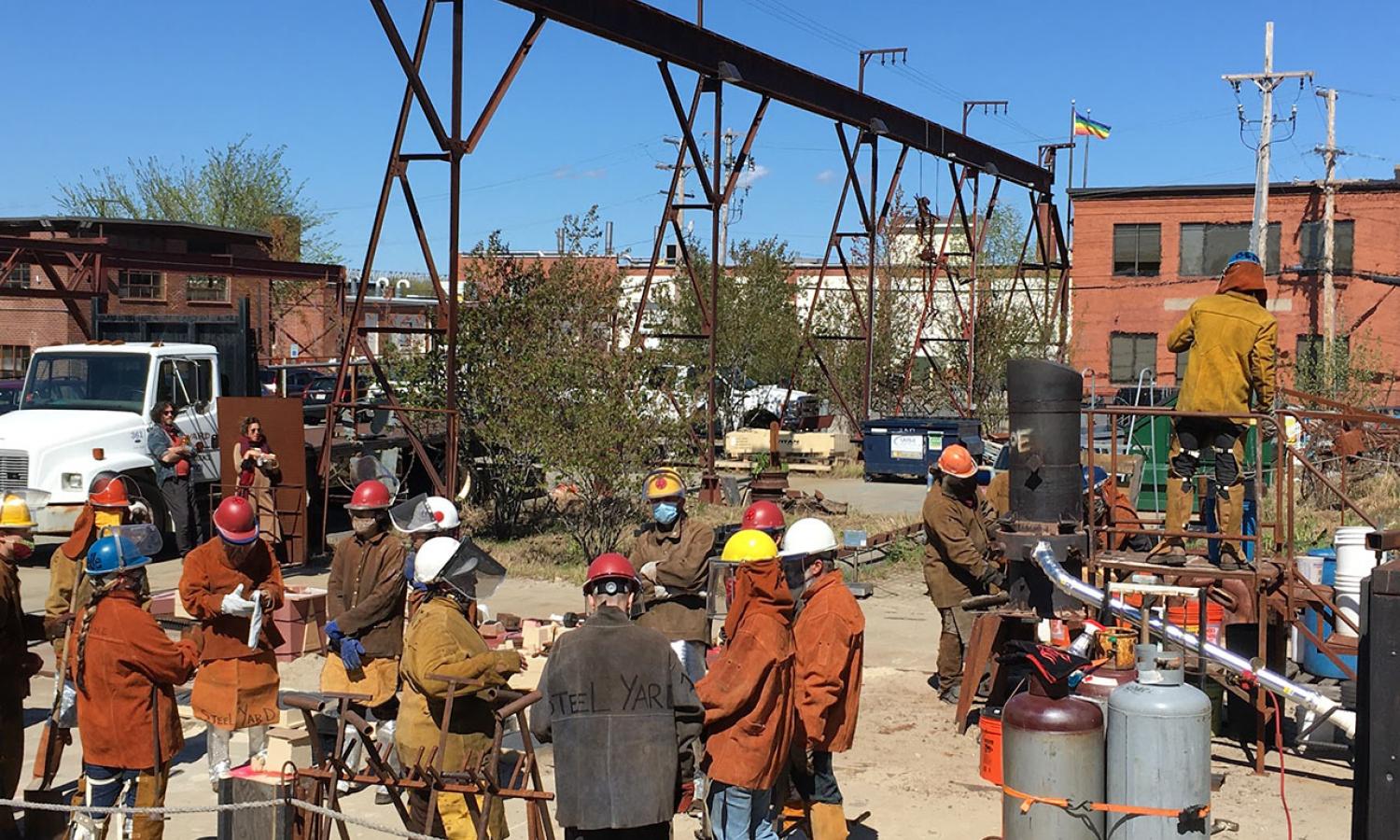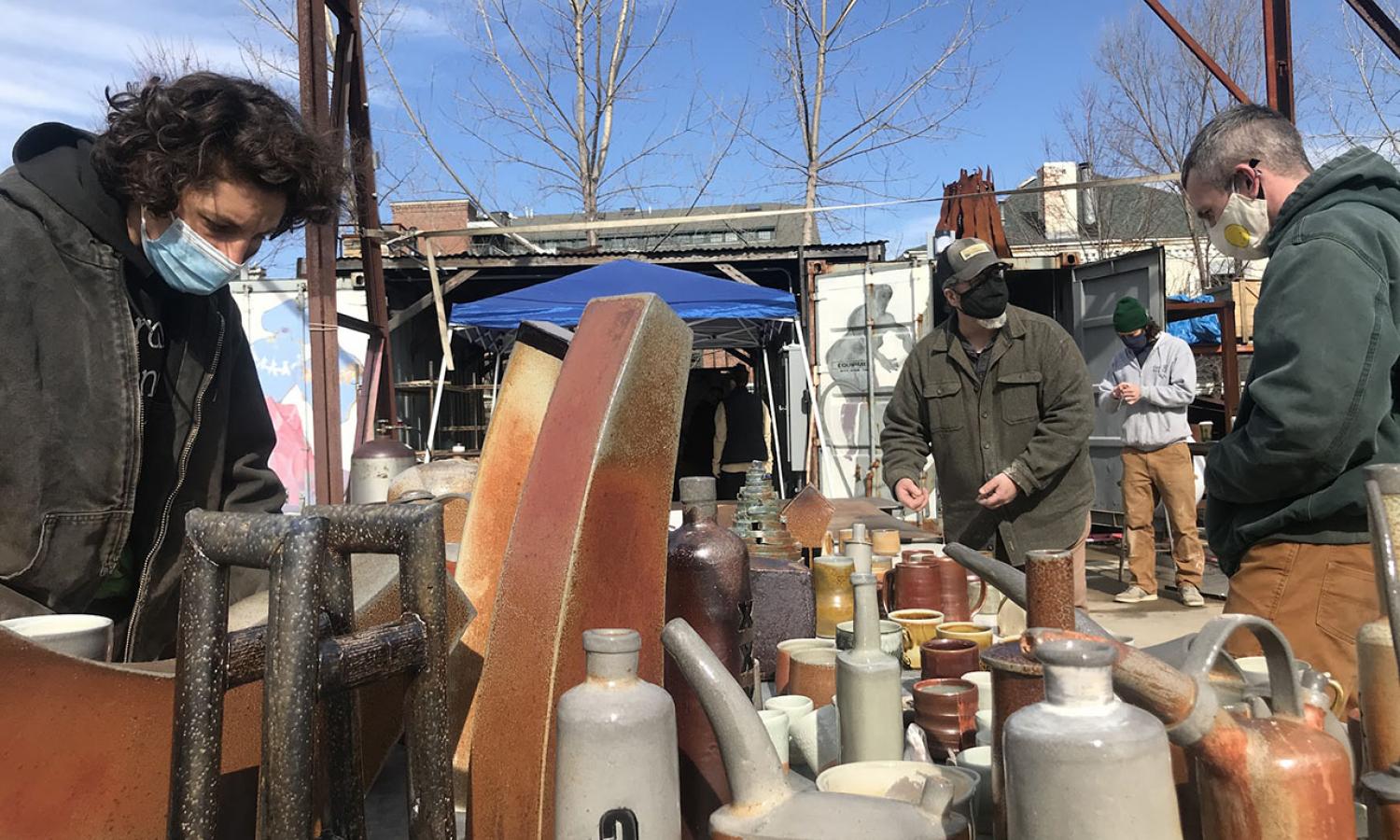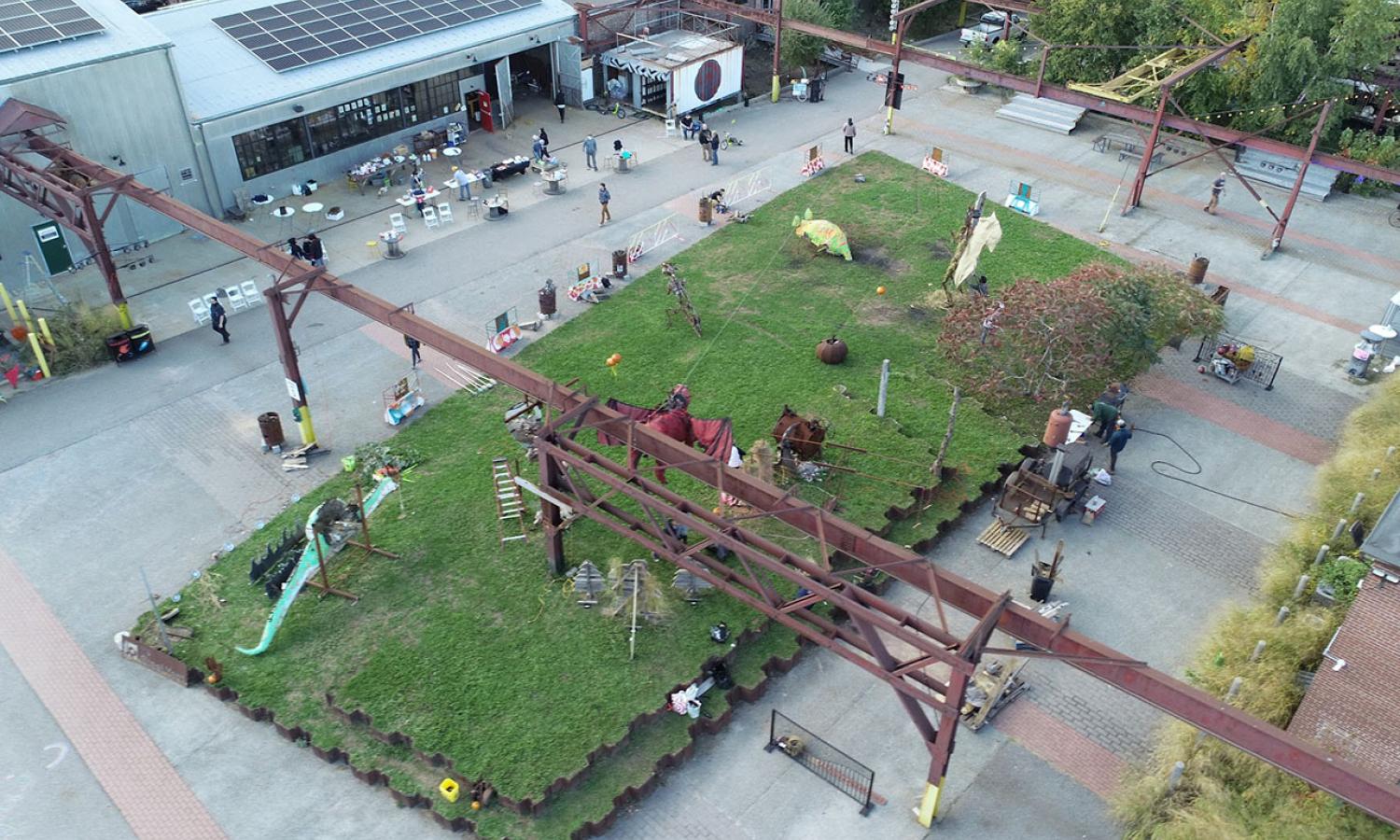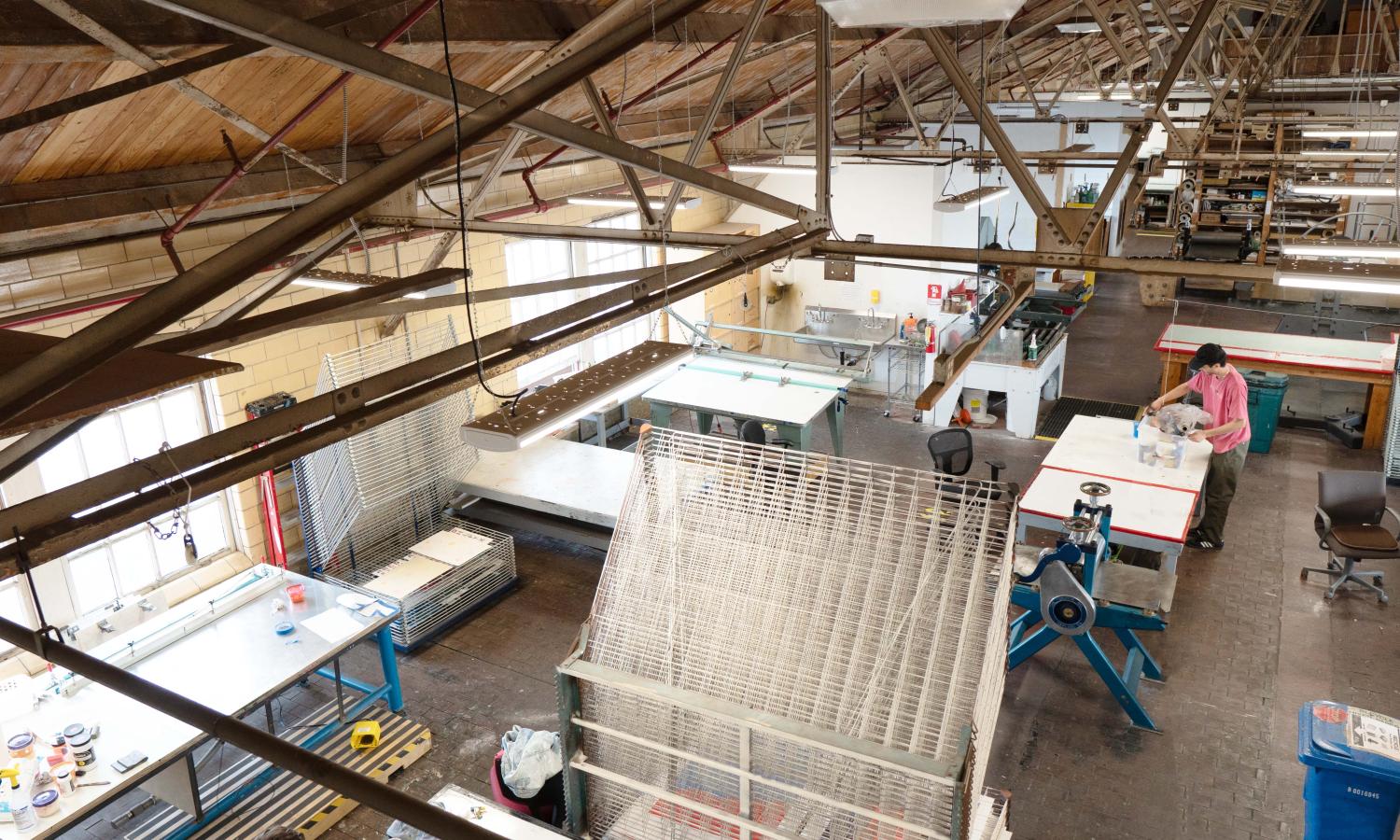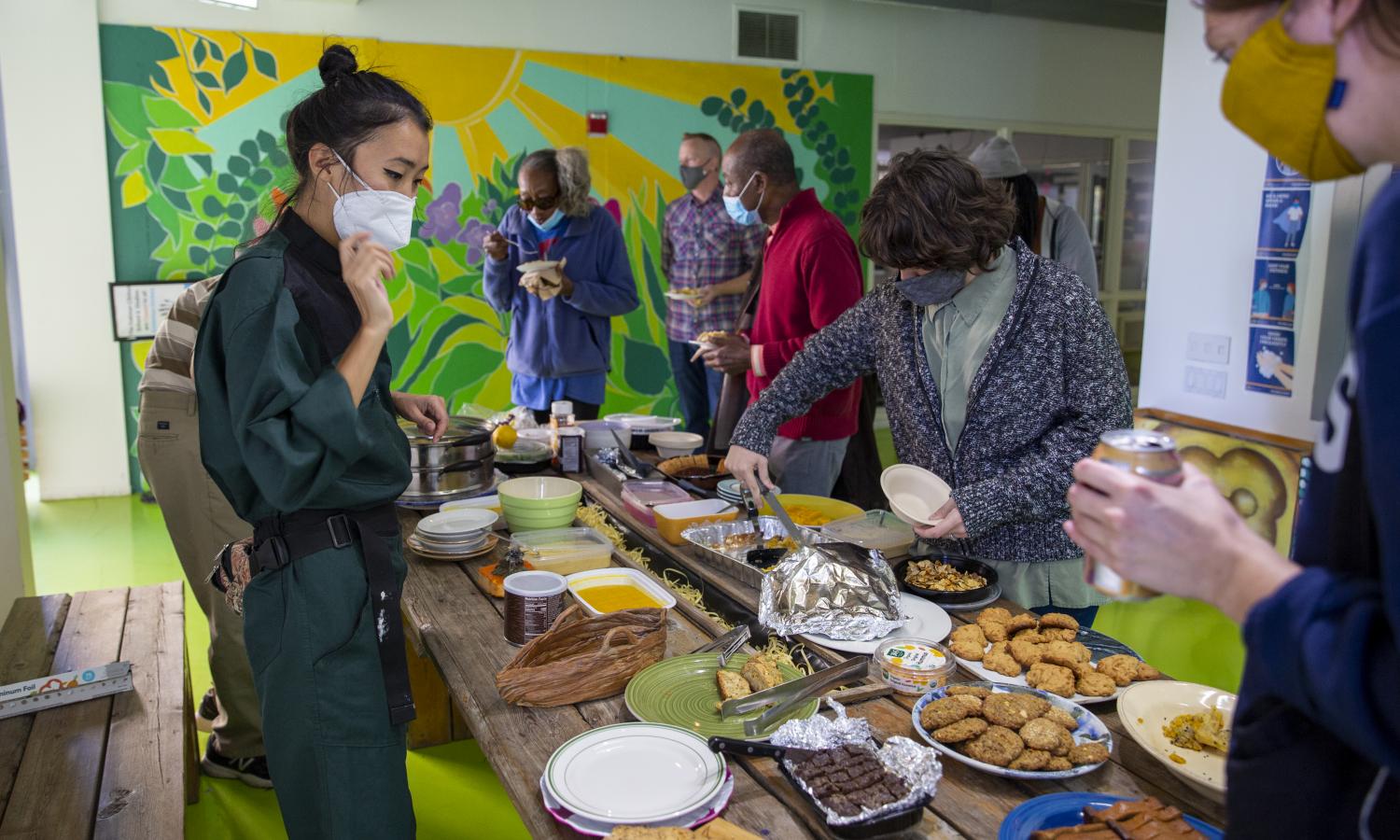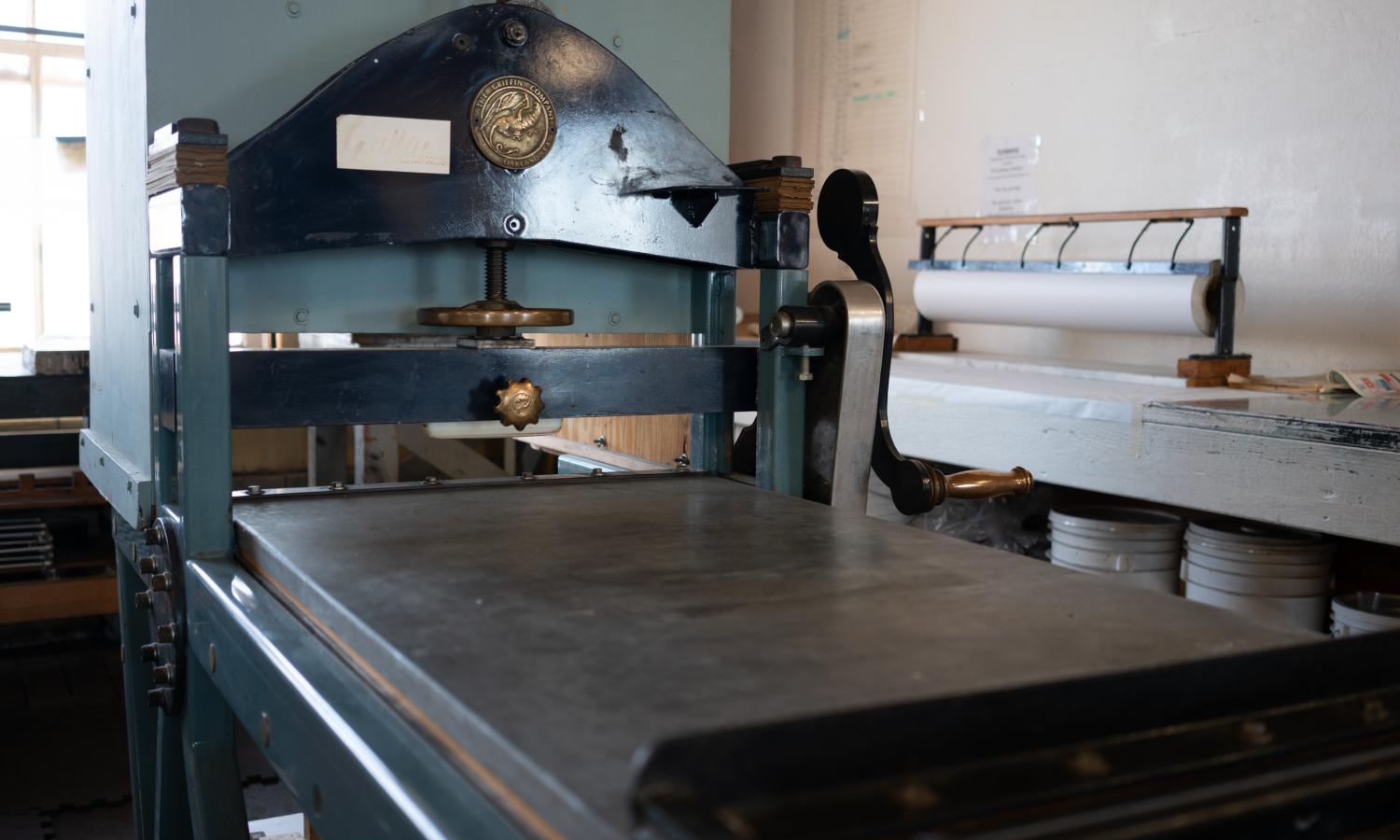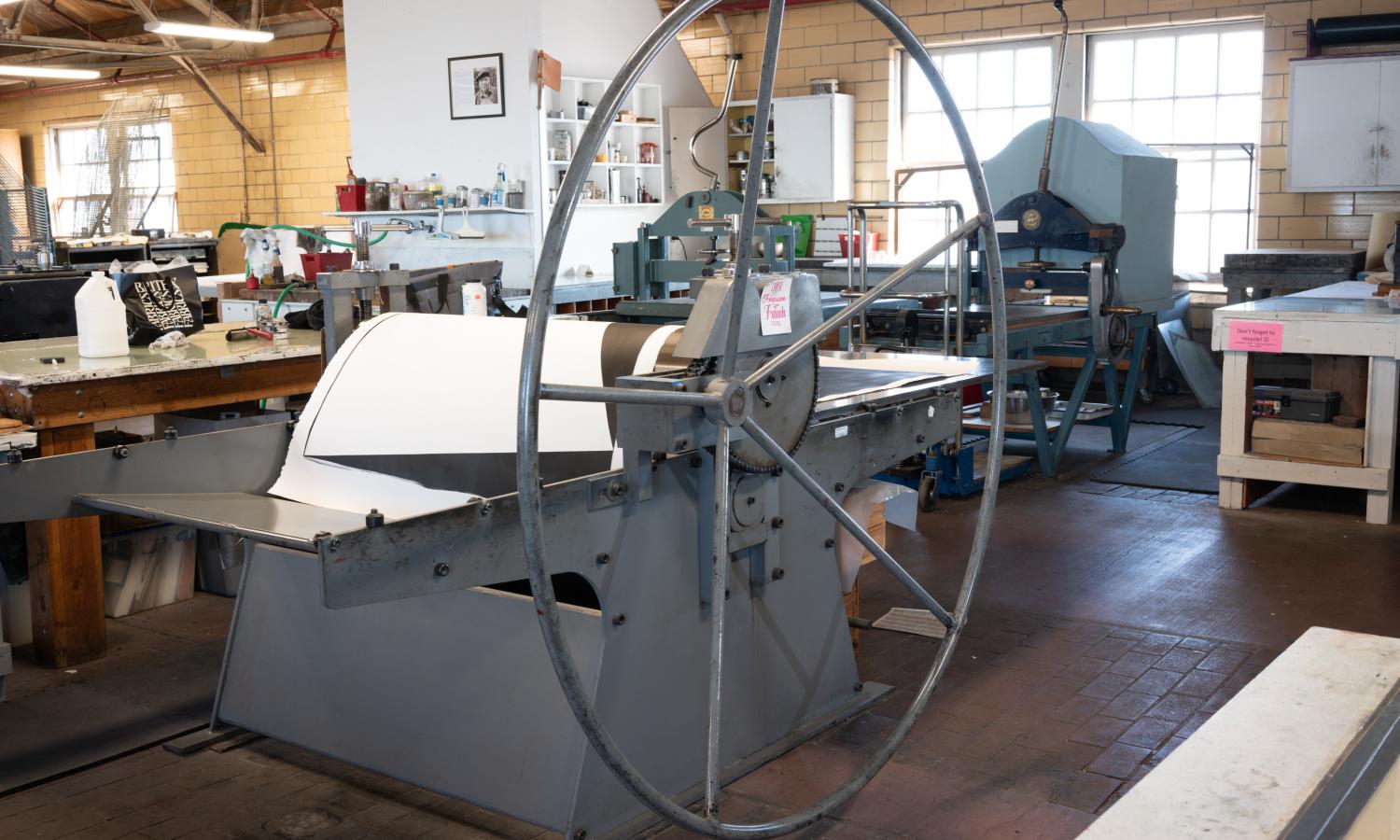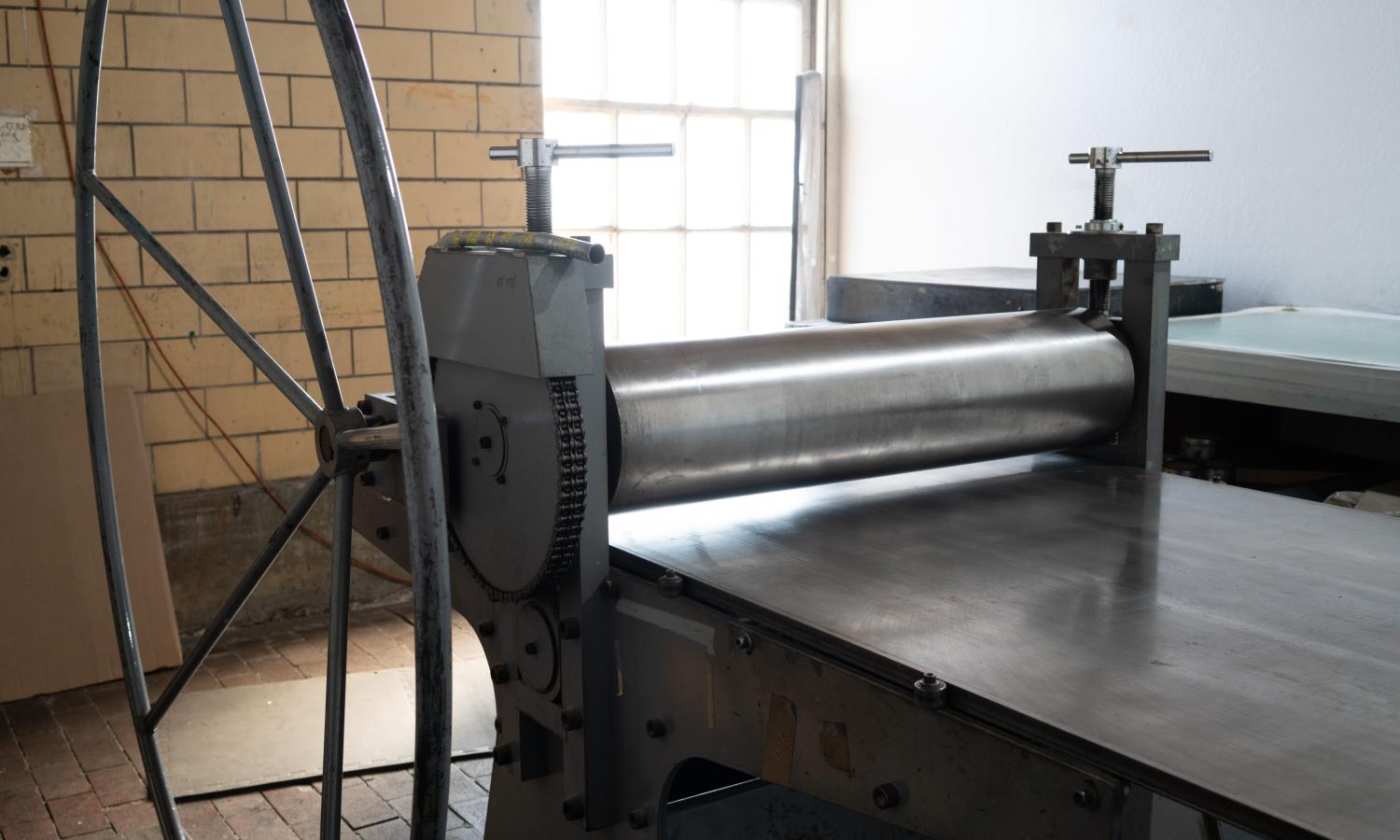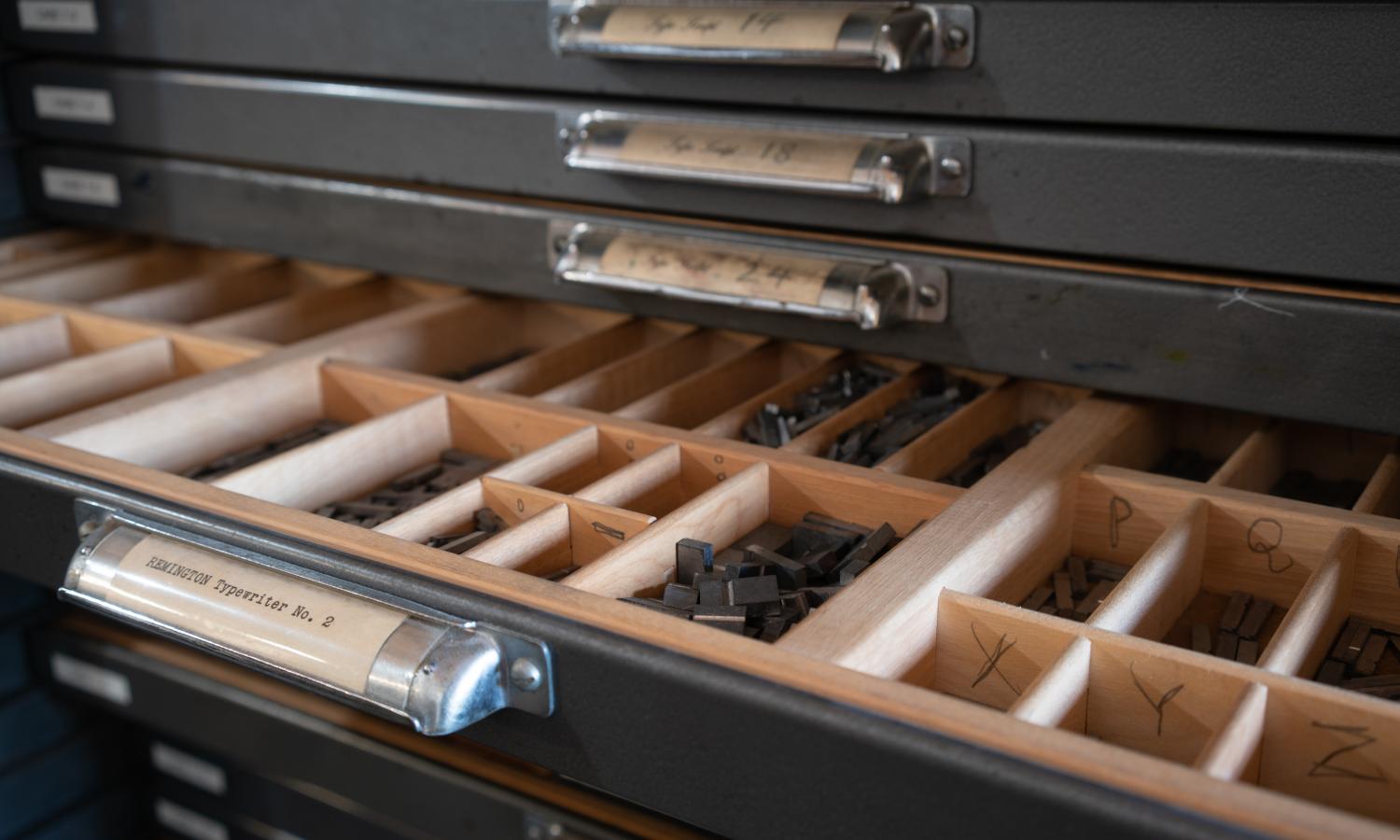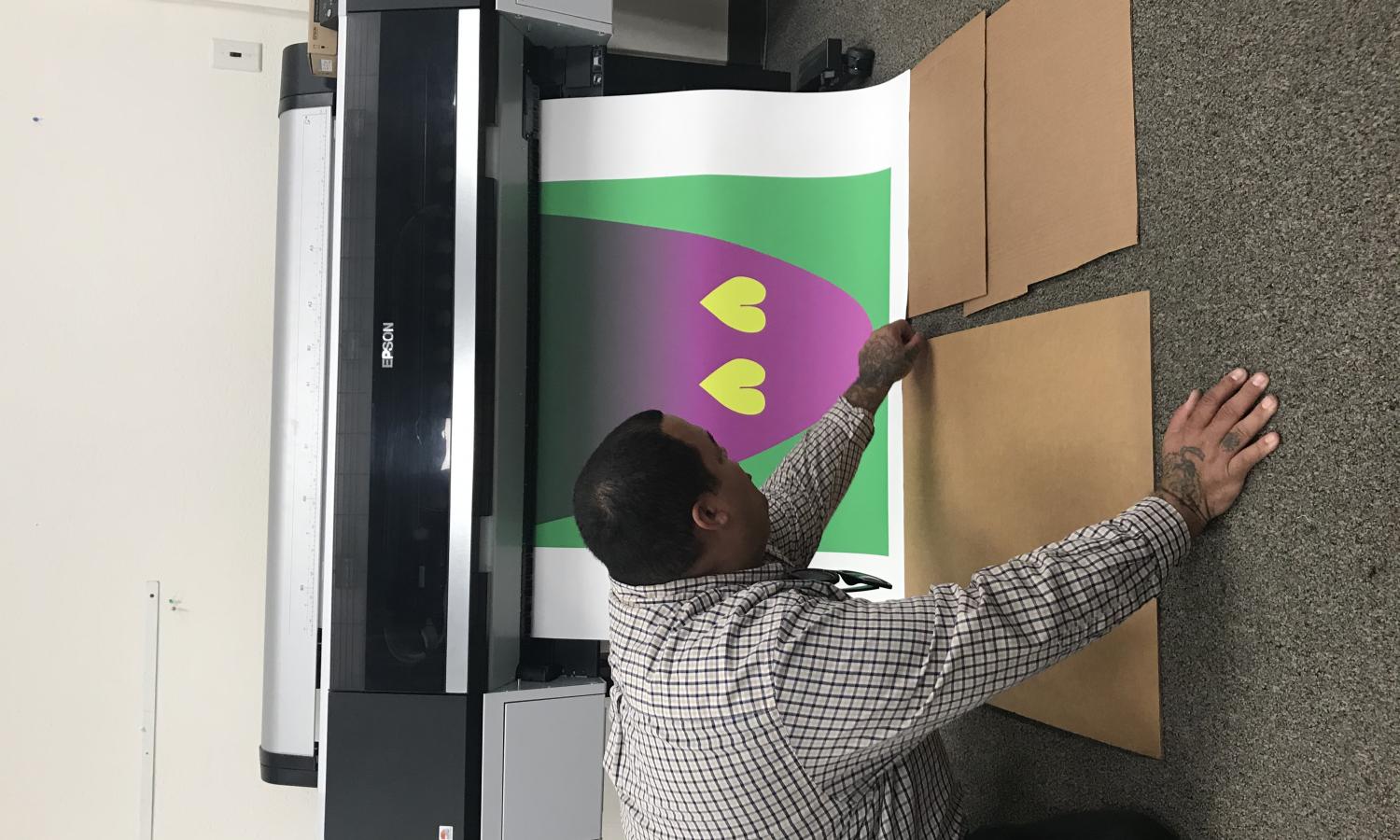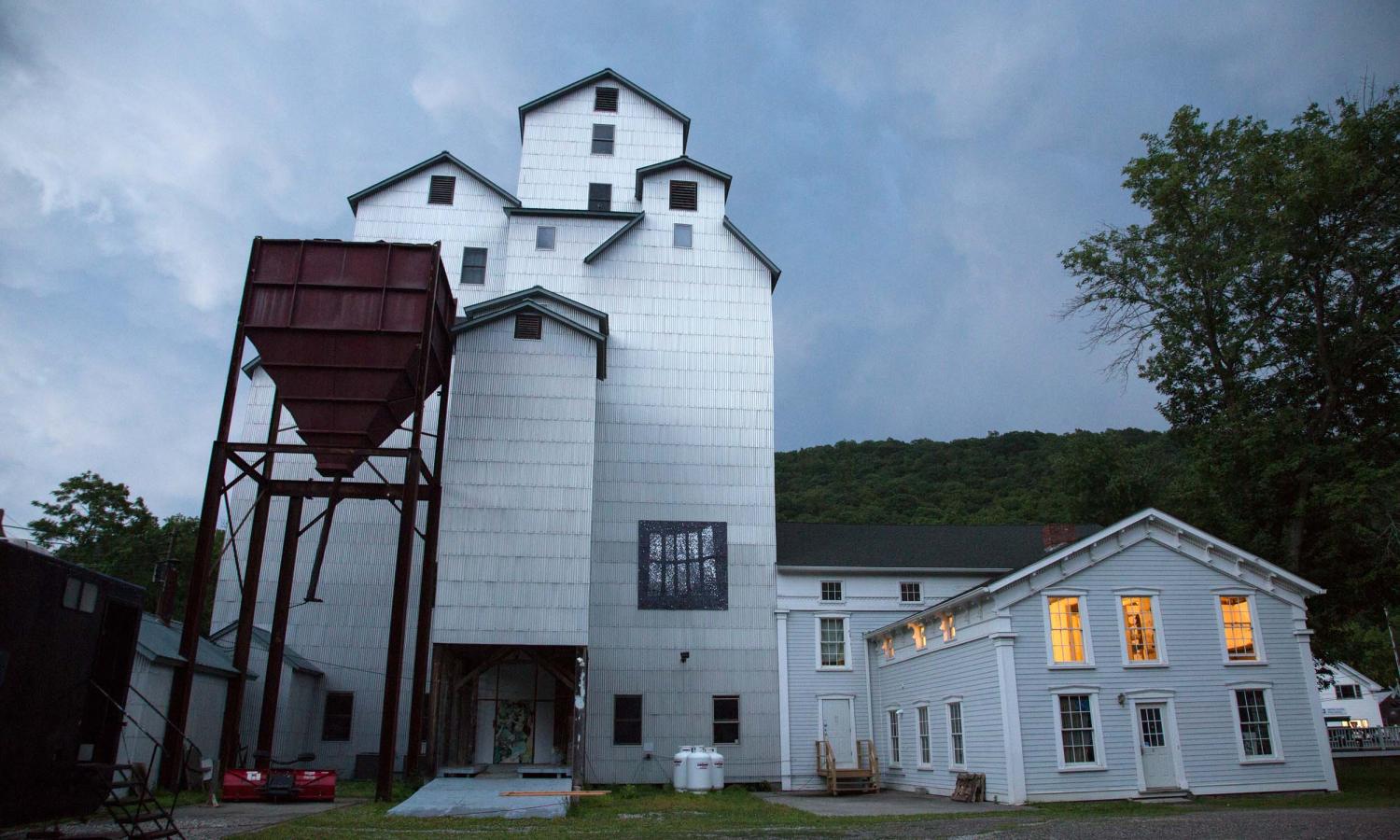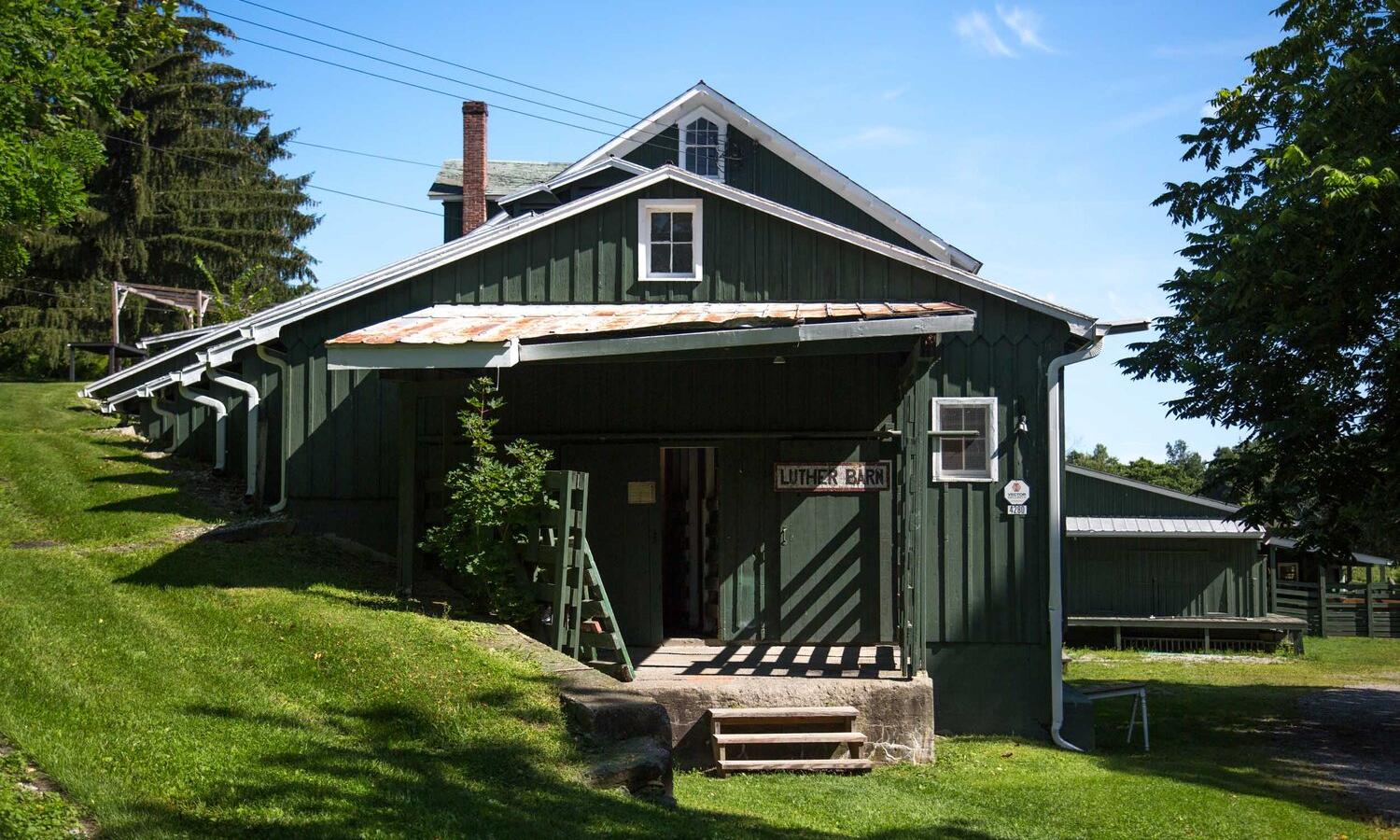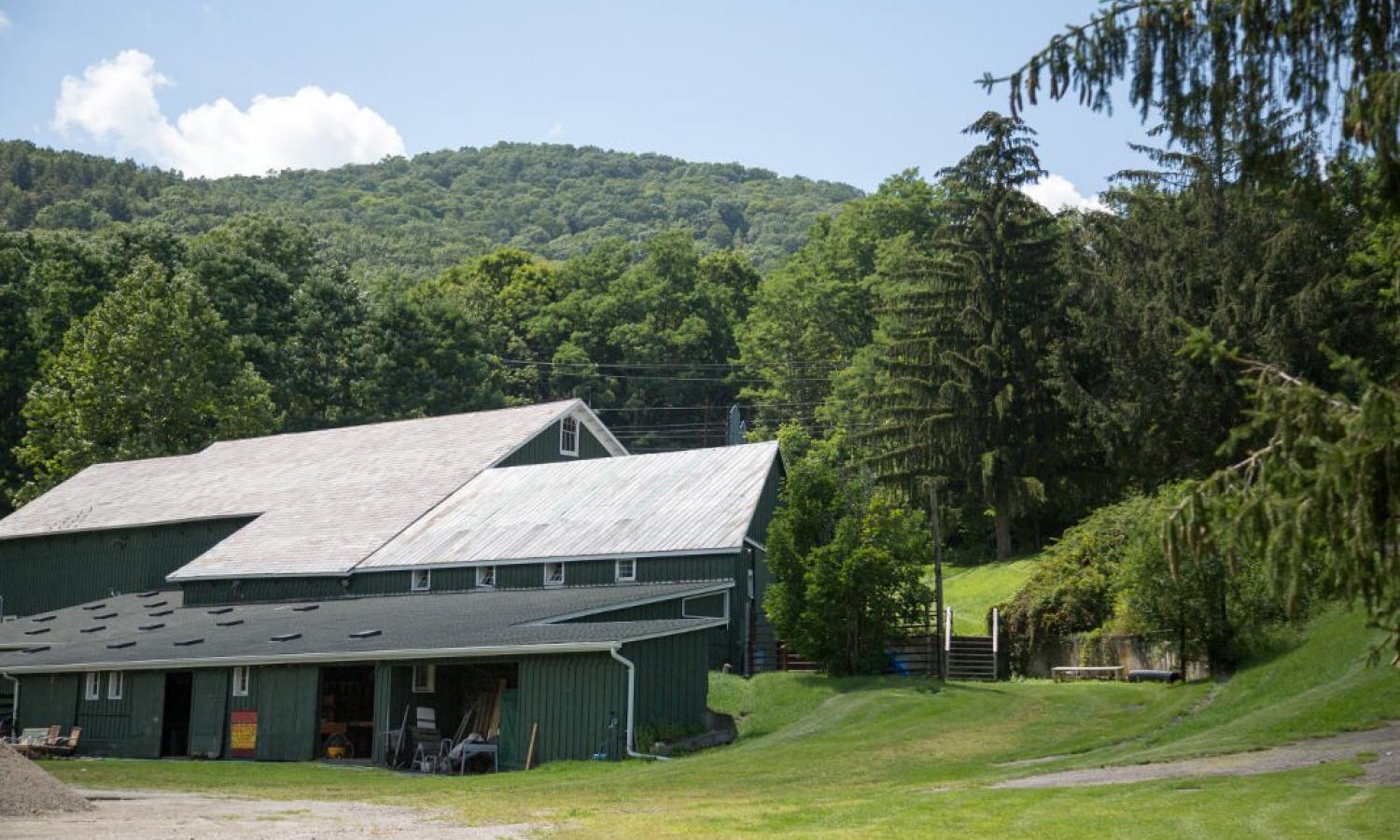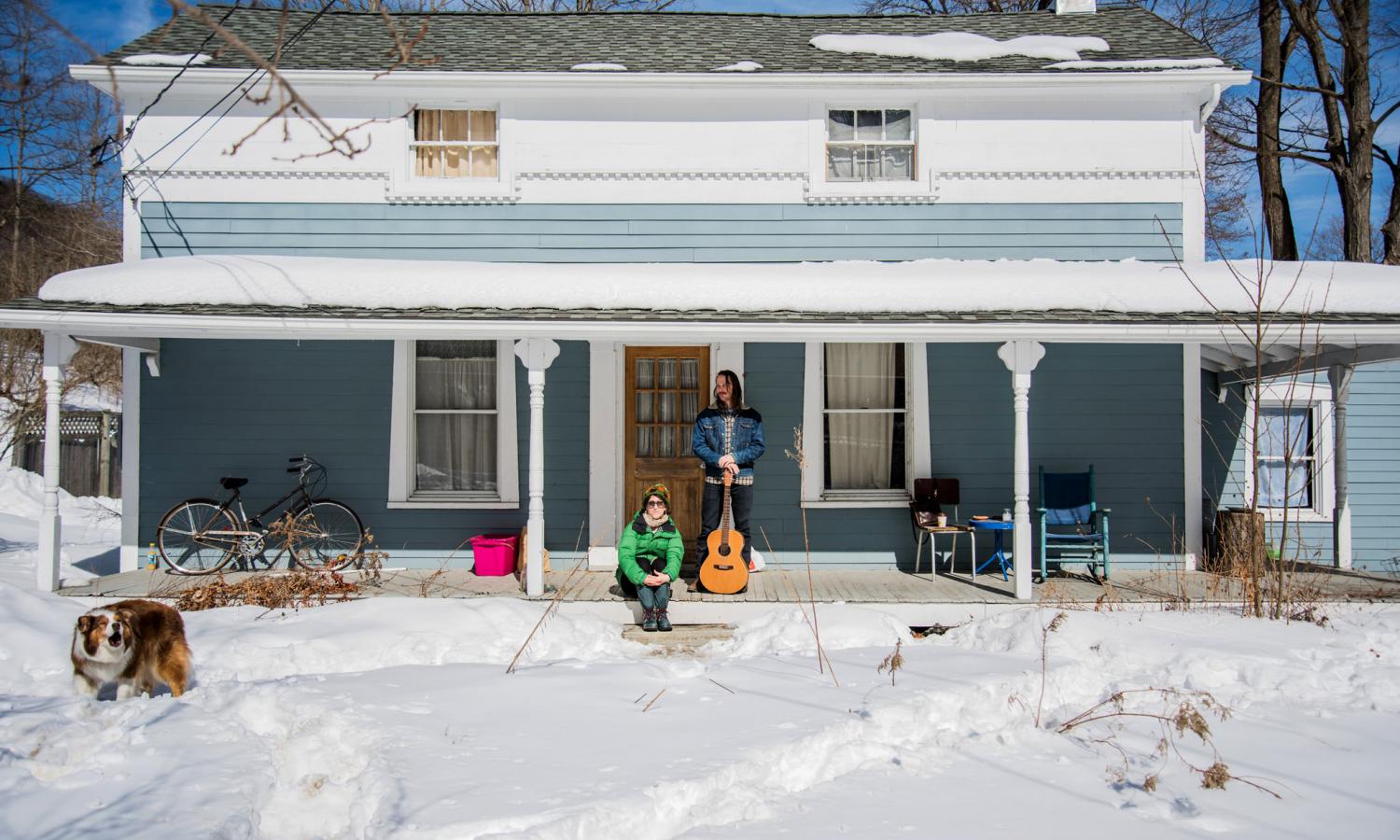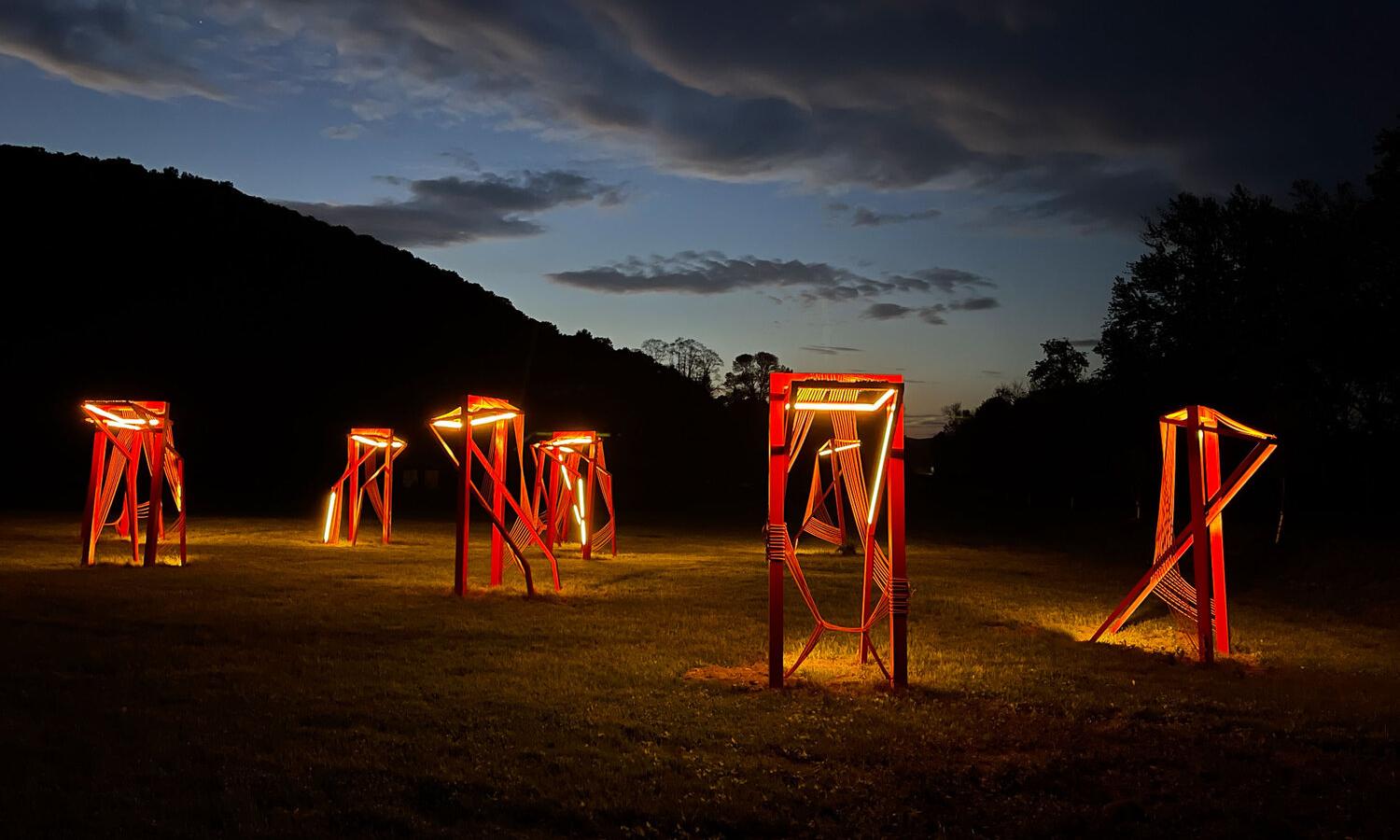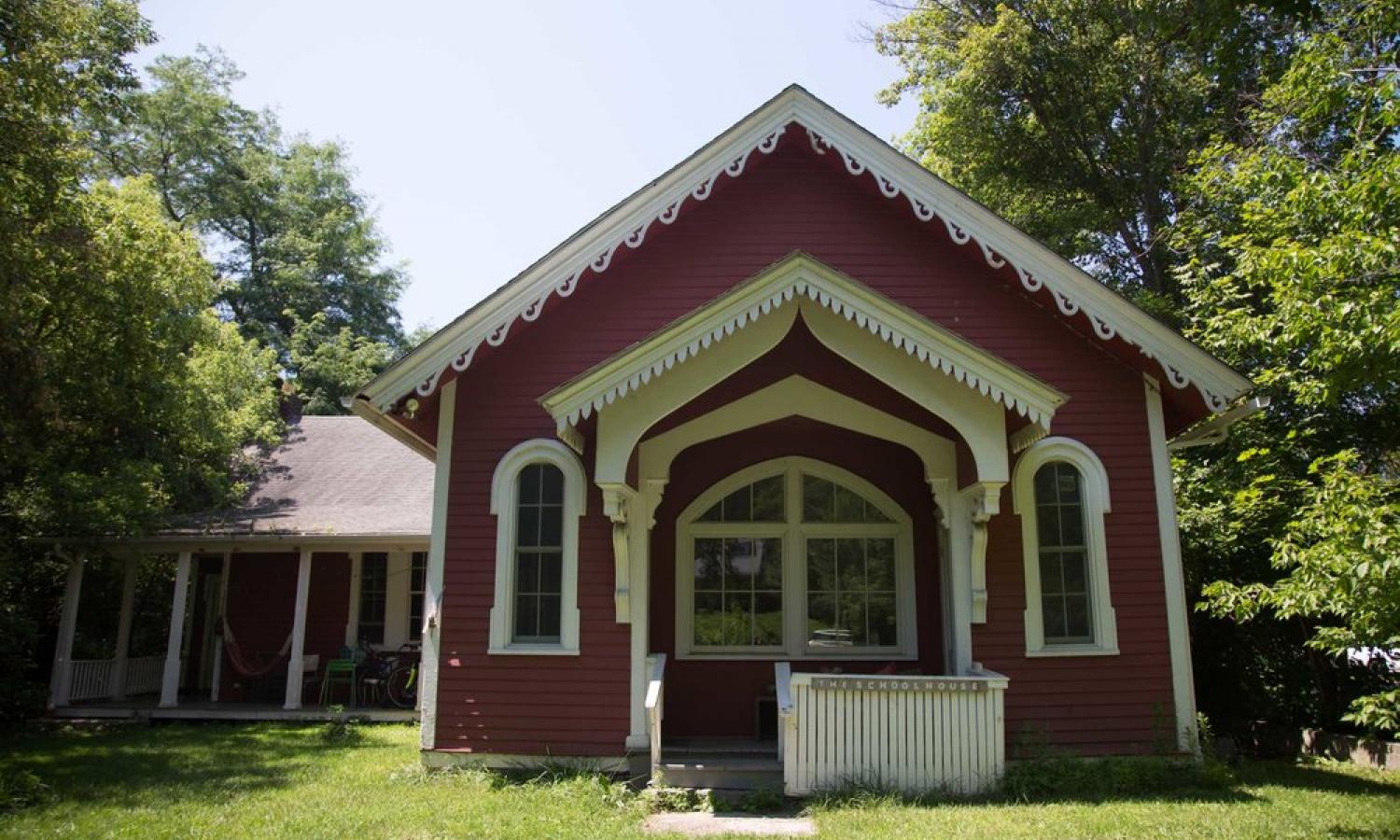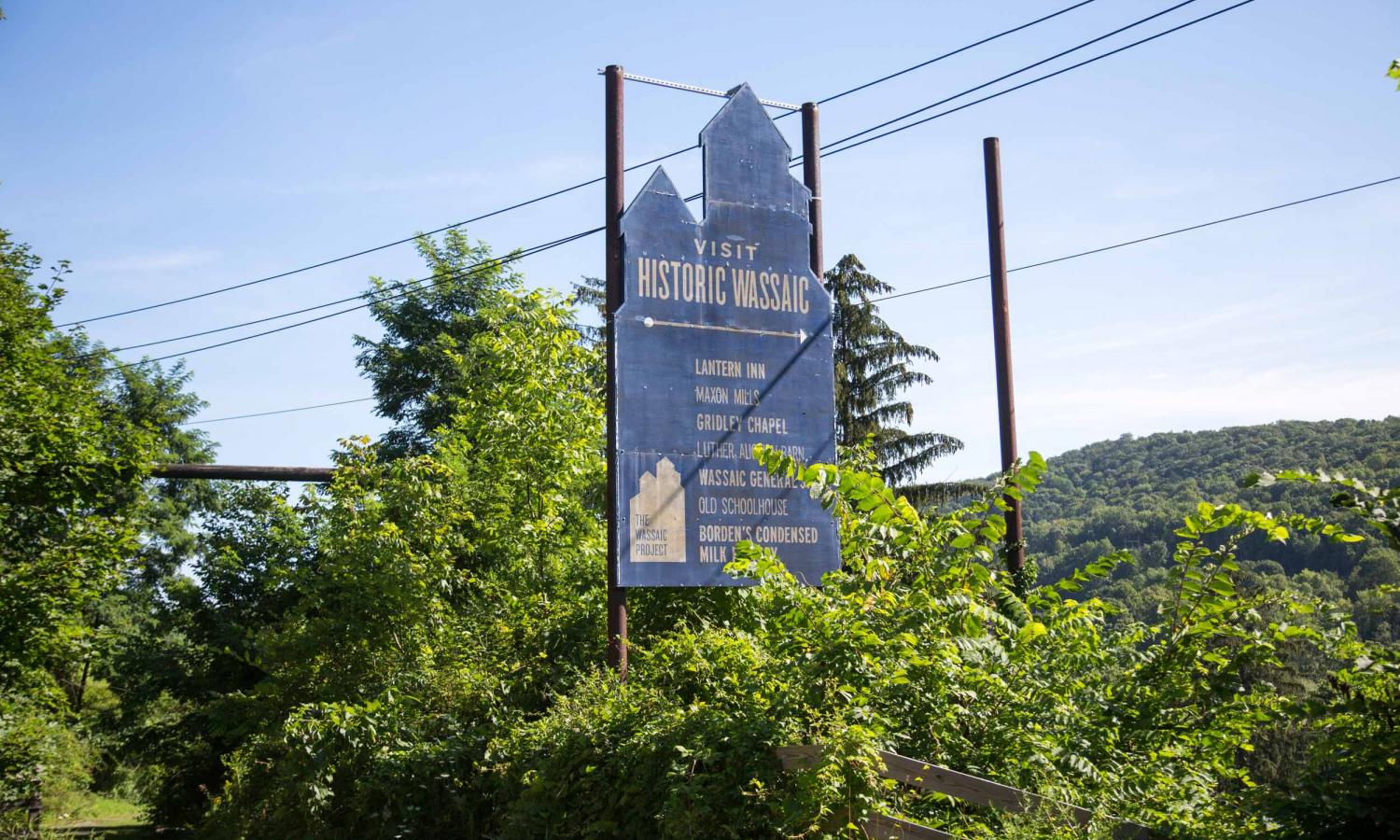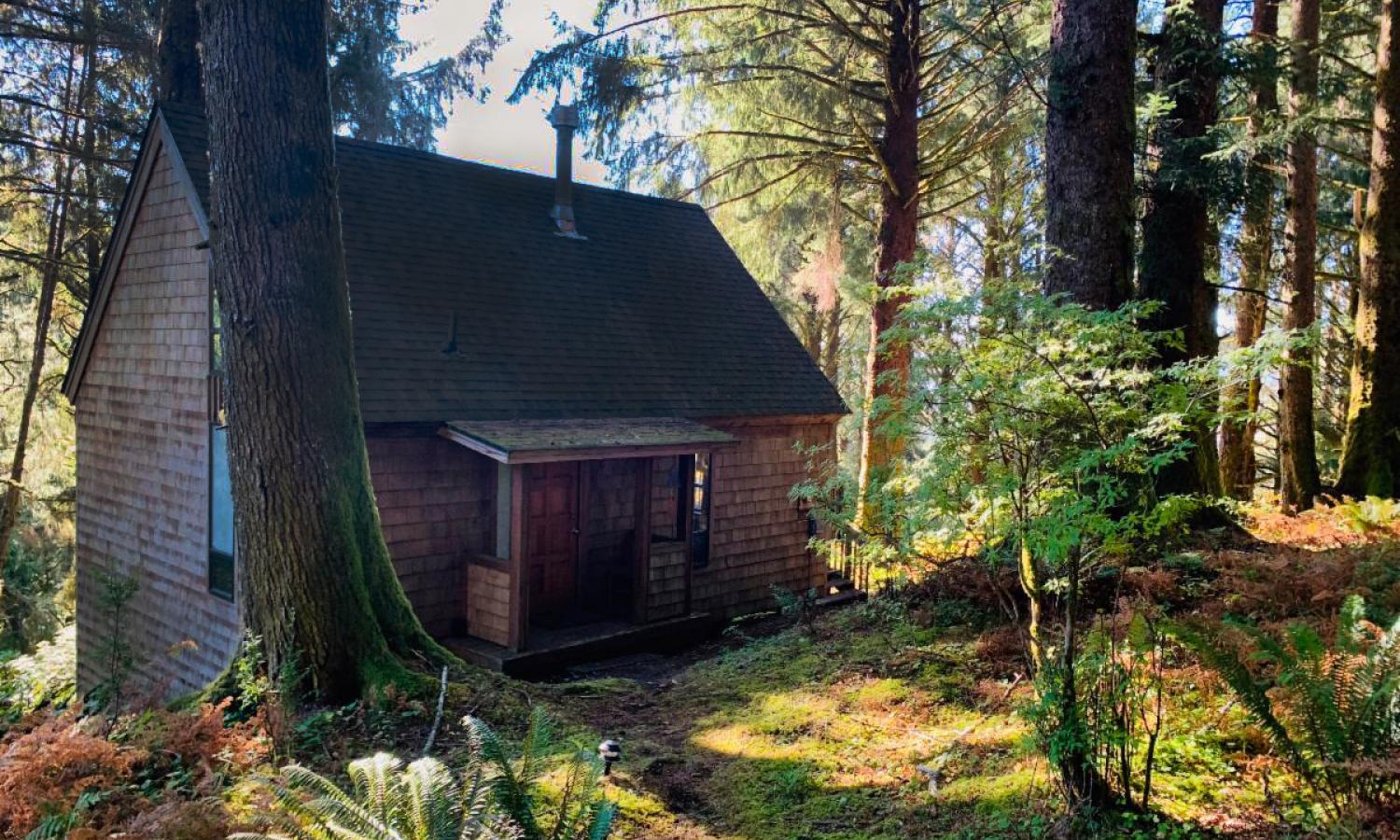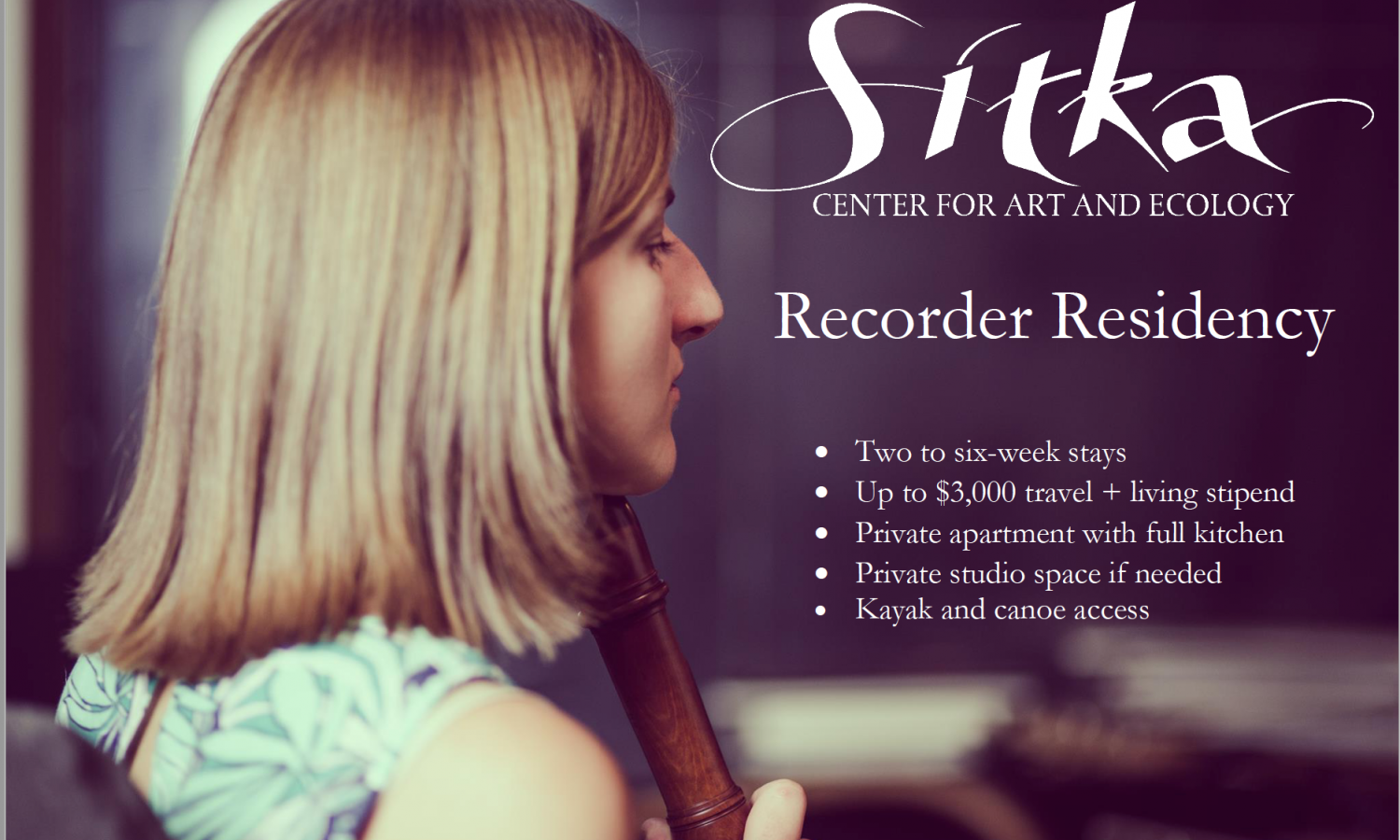Good Hart Artist Residency
Good Hart Artist Residency
The Good Hart Artist Residency offers 10-21 day residency stays to visual artists, writers, and composers at any stage of their career. Each artist is housed in a private residence with a detached studio and provided with a $500.00 stipend, a kitchen stocked with basic foods, a few home-cooked meals from local hosts, and a quiet setting along the shores of Lake Michigan. Tucked into the woods along the “Tunnel of Trees,” a Scenic Heritage Route, residents can walk into the village of Good Hart, enjoy Lake Michigan and the nearby sand dunes, and explore Northern Michigan’s inland lakes and wetlands. The Good Hart Artist residency generally hosts one resident at a time, offering each artist the time, space, and quiet to focus and create.
Community is central to the mission of the Good Hart Artist Residency. Open Studio Saturdays offer visual artists an opportunity to share their work with local residents for one Saturday during their stay, and the annual Harbor Springs Festival of the Book connects resident writers to both local and literary communities. Each artist collaborates with a local nonprofit organization during their stay to lead an educational event, workshop, or exhibition. Please visit our local partnerships page for additional information about these collaborations.
PO Box 182
Harbor Springs, MI 49740
United States
Residency Program Information
Residency Program Summary
Application Information
Open to artists, writers, and composers.
Accessibility
The first floor of our residency building and the studio are accessible.
Artists with limited mobility can participate in the full program.
The main residence has a second-story loft area which is only accessible via a stairway. The rest of the building is accessible.
Housing & Accomodation
Studio & Facilities
Studio Space
- Approximately 14 by 24-foot studio space, a 10 by 10-foot outdoor covered porch, 9 by 8-foot studio hydraulic lift door, workbench with basic tools, bathroom/storage area
- Natural and track lighting
- Worktables
- Easels including a travel/field easel
- Basic miscellaneous art supplies, drop cloth, mineral spirits, rags, waste disposal
- Studio is available for resident use May – October

